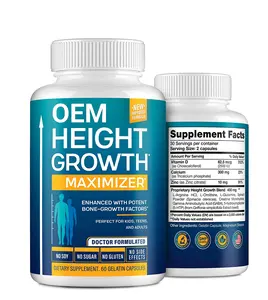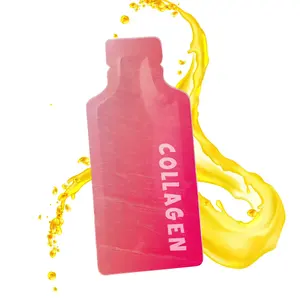Phổ biến trong ngành của bạn




























































































































































































































Các danh mục hàng đầu
Giới thiệu về gag miệng gia súc
Nhận được mạnh mẽ. gag miệng gia súc tại Alibaba.com và khơi dậy khía cạnh hấp dẫn của cuộc sống của bạn. Những cái này. gag miệng gia súc là một lựa chọn tuyệt vời để mang đến cho đối tác của bạn sự ngạc nhiên bất ngờ trong cuộc sống và khiến họ thích thú ngay lập tức. Họ cũng là một sự lựa chọn tuyệt vời cho những người kinh doanh dự trữ các sản phẩm như vậy tại cơ sở của họ. Hầu hết mọi người thích cảm giác và giao diện bên phải. gag miệng gia súc và chúng mang lại cho bạn những trải nghiệm tuyệt vời.
gag miệng gia súc có rất nhiều lựa chọn tại Alibaba.com mang đến cho bạn vô số lựa chọn. Tuy nhiên, bạn được đảm bảo rằng bạn sẽ nhận được sản phẩm phù hợp nhất. gag miệng gia súc theo sở thích của bạn. Các. gag miệng gia súc có các mức giá khác nhau tùy thuộc vào chất liệu và kiểu dáng. Đánh giá phẩm chất của họ để phù hợp với yêu cầu của bạn. Tại Alibaba.com, bạn chắc chắn nhận được giá trị tốt nhất đồng tiền khi mua hàng của mình.
Hãy mua hàng ngay hôm nay và trải nghiệm khả năng vô hạn về mặt kích thích tình dục của bạn. Các. Các ưu đãi của gag miệng gia súc tại Alibaba.com được thiết kế để giúp bạn tiết kiệm tiền và phù hợp với ngân sách của mình. Nếu bạn mua chúng với số lượng lớn để kinh doanh, hãy nhận những ưu đãi tốt nhất từ những địa chỉ uy tín. gag miệng gia súc nhà bán buôn và nhà cung cấp tại trang web.




















